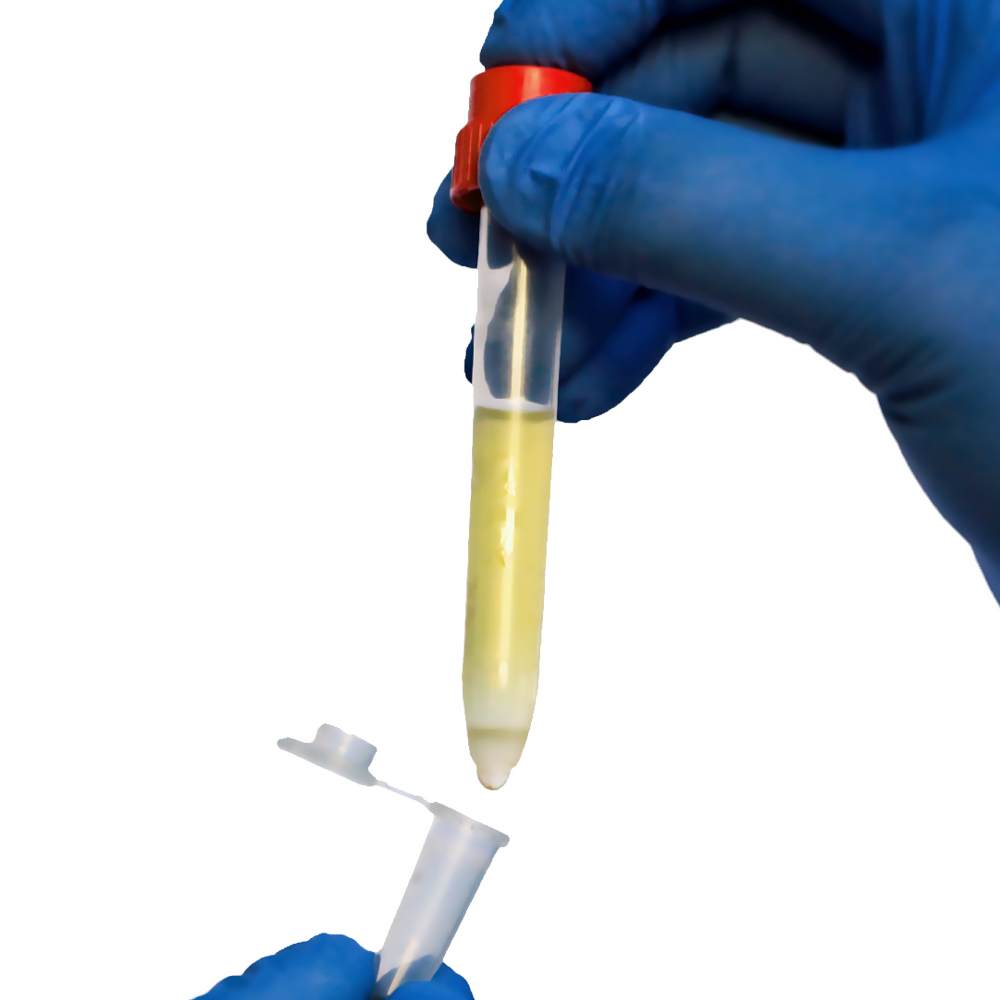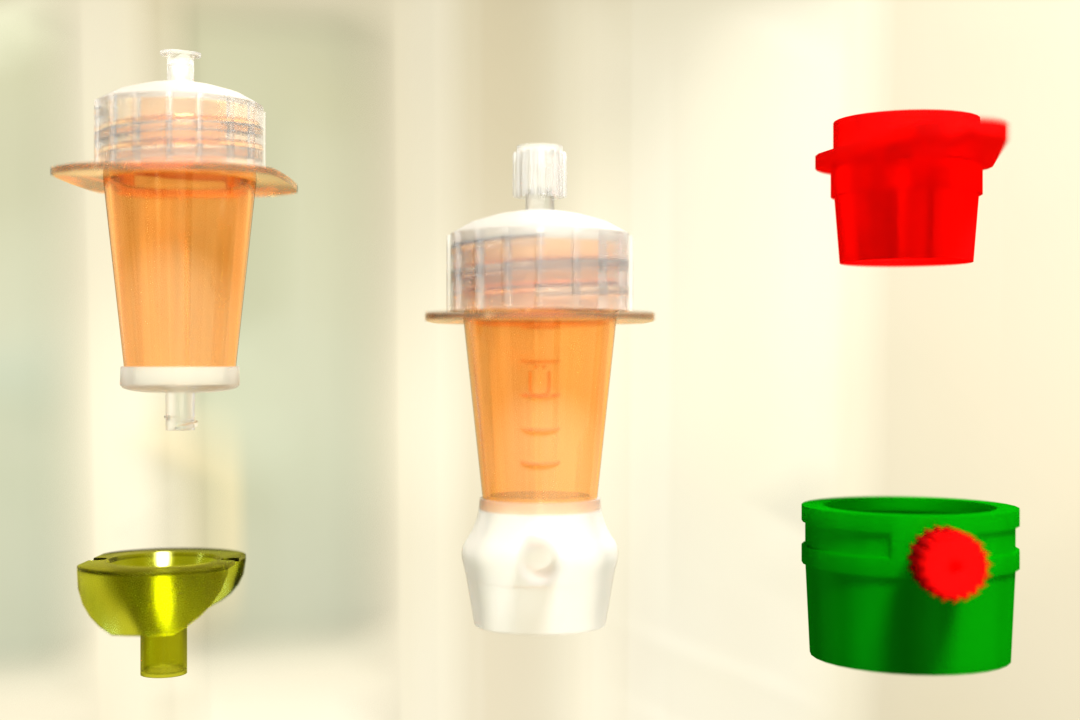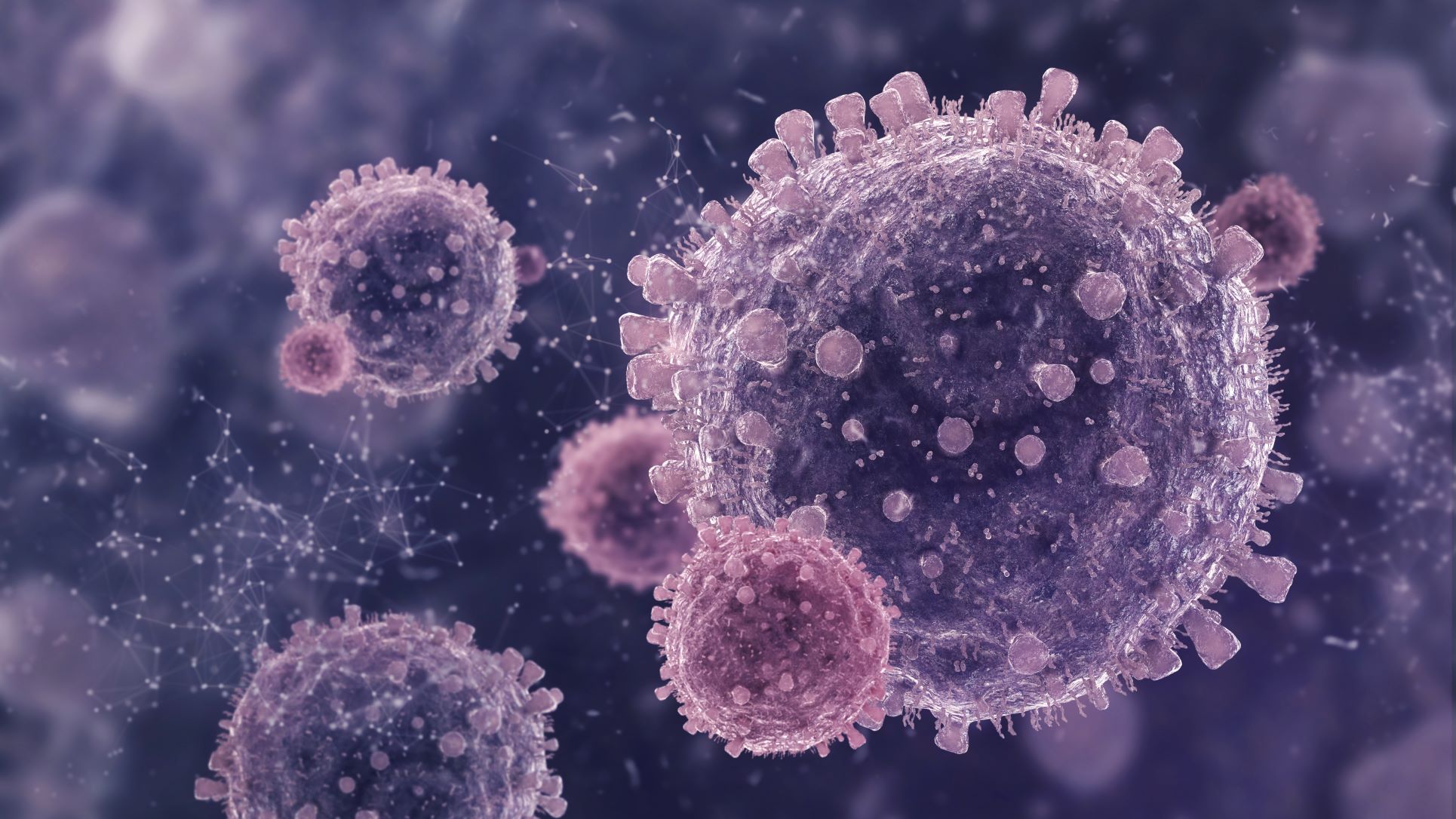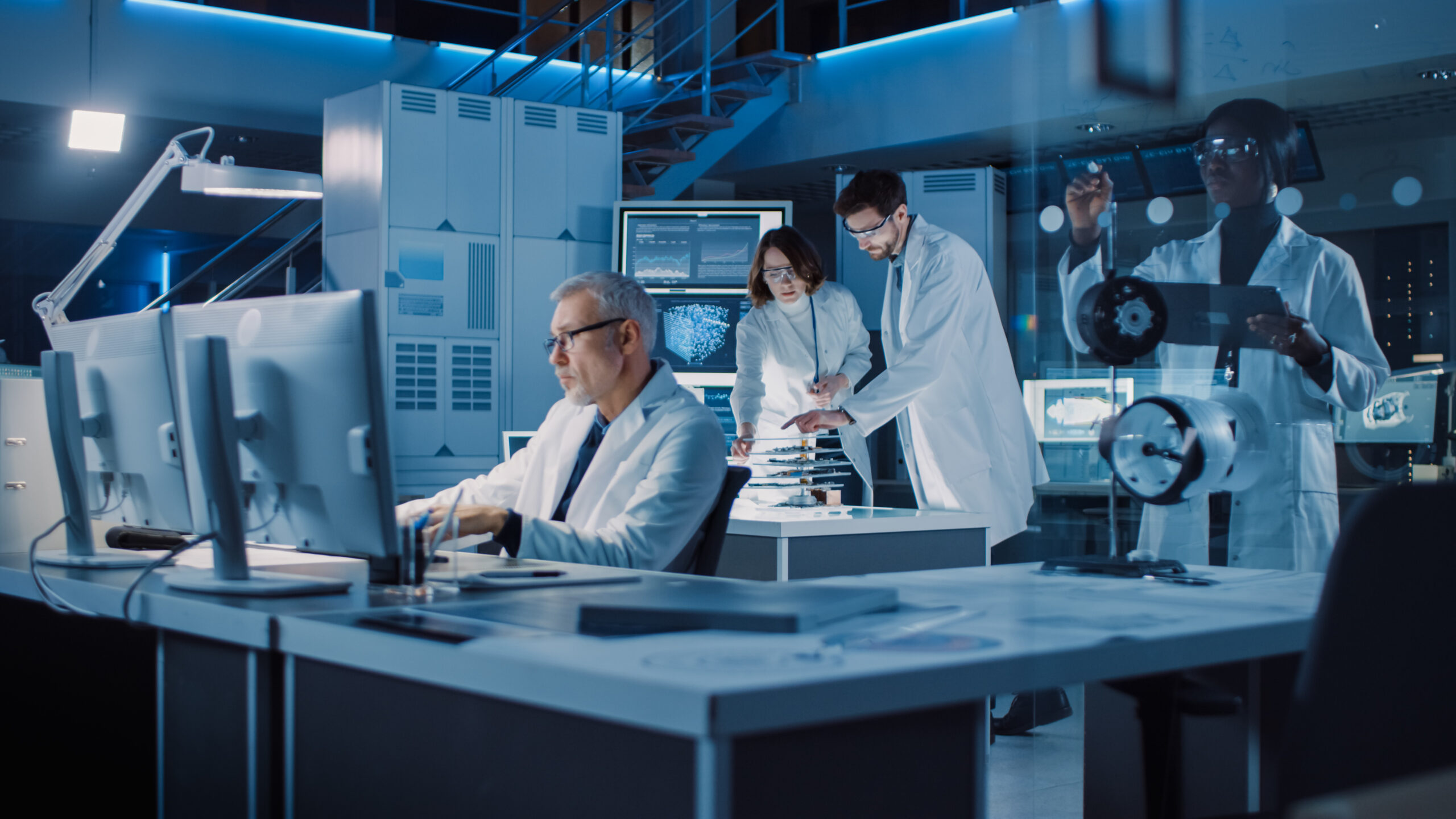Hematopoietic stem cells (HSCs) have the ability to self-renew and differentiate into all mature blood cell types. Keep reading to learn more about Hematopoietic stem cells and the efficient separation technologies used to separate them.
Hematopoietic progenitor cells (HPCs) and hematopoietic stem cells (HSCs) are blood and bone marrow cells. HPCs can develop into mature blood cells such as red blood cells (which carry oxygen), platelets (which help stop bleeding), and white blood cells (the cells that fight infections).
HPCs are used to replace or rebuild a patient’s hematopoietic system in the treatment of many malignant (e.g., leukemia, lymphoma) and non-malignant (e.g., sickle cell disease) diseases. This is referred to as bone marrow or stem cell transplant.
HPCs have also been used in clinical trials overseen by the US Food and Drug Administration for the treatment of autoimmune diseases, genetic diseases, and other indications. Let’s explore the various cell enrichment technologies that makes Hematopoietic cells isolation hassle-free!
Here is a list of diseases that may benefit from stem cell transplantation.
Bone Marrow
A surgical procedure that takes about an hour is used to collect bone marrow cells. Anesthesia is frequently administered to donors or patients. The bone marrow is then extracted from the hip bones using hollow needles. The bone marrow is a liquid that resembles blood. To prevent clumping, anticoagulants are added.
Following the collection of the marrow, the cell suspension is passed through a series of sterile filters of varying sizes to remove fat, bone particles, and cellular debris. If there is a time lag between collection and infusion, bone marrow can be kept at room temperature or in the refrigerator for 24 to 48 hours.
If necessary, bone marrow can be cryopreserved, or frozen, which is a common procedure when it is collected for use in an autologous transplant. Typically, frozen cells are kept in a liquid nitrogen freezer.
Peripheral Blood Progenitor Cells
Another type of cell therapy product that contains HPCs is Peripheral Blood Progenitor Cells (PBPCs). An apheresis device, which acts like a centrifuge to remove whole blood from the donor and separate its components, is used to collect the cells from the peripheral blood. Typically, a needle connected to tubing from the apheresis machine is inserted into the donor’s arm. Blood enters the machine and is processed to remove HPCs and other white blood cells before being returned to the donor via a second needle placed in the opposite arm.
Prior to apheresis, the donor/patient is prepared or “mobilized” with recombinant hematopoietic growth factor administration to increase the number of circulating progenitor cells collected. Typically, the growth factor is given for several days prior to cell collection. Patients who donate autologous PBPCs may also receive chemotherapy as part of their mobilization.
If there is a time lag between collection and infusion, PBPCs can be kept at room temperature or refrigerated. If necessary, PBPCs can also be cryopreserved, or frozen, which is commonly done when they are collected for an autologous transplant. Typically, frozen cells are kept in a liquid nitrogen freezer.
Umbilical Cord Blood
Another source of HPCs is umbilical cord blood (UCB), which was previously thought to be a biological waste. Following the delivery of the baby, obstetricians or birthing staff can safely collect the UCB. UCB is collected in either setting and placed in a bag. The unit is then processed further (primarily to remove red blood cells) and cryopreserved (frozen) before being stored in a liquid nitrogen freezer for future use. UCB can be kept in a private/family bank for future use by a family member or in a public bank.
As a source of HPCs, UCB has several advantages. Because the HPCs in cord blood are less mature, the tissue match (HLA match) between the donor product and the patient recipient can sometimes be more different. There may also be a lower incidence of graft-versus-host disease (a potentially fatal transplant complication) and a shorter search time because units are banked and already HLA-typed. When other sources are unavailable, patients with rare HLA types are often successful in finding a suitable cord graft.
Identifiable Traits of Hematopoietic Stem Cells
Scientists have spent a significant amount of time identifying key properties and characteristics of HSCs because they behave like normal white blood cells. We now know that an HSC has four important properties: it can renew itself, differentiate into a variety of other specialized cells, mobilize out of bone marrow into circulating blood, and undergo programmed cell death, known as apoptosis.
Clinical Applications and Current Applications
Tens of thousands of transplants are performed each year all over the world. HSCs are used in the treatment of patients suffering from acute myeloid leukemia, chronic myeloid leukemia, acute lymphatic leukemia, aplastic anemia, and other primary immune deficiencies and metabolic diseases. HSCs are transplanted into cancer patients after chemo- or radiation therapy to regenerate the hematopoietic system. This is usually accomplished in 2-4 weeks.
Pluribeads: an innovative approach to cell separation technology
Pluribead is one such Cell Separation technology that helps in the gentle and safe isolation of hematopoietic stem cells. Unusual cell separation technology called PluriBead operates devoid of any magnetic components. The process is easy: Your pluriBeads (which contain bound target cells) are sieved through a strainer; the pluriBeads containing your target cells remain on top while the unwanted cells pass through. You are prepared with your target cells after detaching.
Key features of Pluribead
- No Sample Preparation: Utilize a sample volume of 200 l to 45 ml without the use of erythrolysis, gradient centrifugation, or any other techniques.
- Use any type of sample material, including PBMC, secretion/excretion material, brain homogenate, spleen, liver, buffy coat, whole blood, and so on.
- Applicable to a Wide Variety of Species: Isolate from sheep, mice, rats, cows, dogs, and other animals.
- Quick Isolation: Cell division can begin in five minutes.
- Simultaneous Cell Isolation Using PluriBead Cascade: Separate two different cell types simultaneously from the same sample material.
- Sequential Cell separation: Utilizing sequential cell isolation, isolate up to six different targets from a single sample.
Two Different Bead Sizes Available
- S-pluriBead: It is used for a small number of targets in a large sample volume.
- M-pluriBead: A versatile material that can be used for many targets while using less material (e.g. buffy coat).
You can find out more about our cell enrichment products by going to our website. By using our products, you can see the difference for yourself. Begin using our cell separation products right away!
Also Read Out More About – What are White blood cells and how to separate them easily?
Reference:
NCBI
Science Direct
Nature
 English
English French
French
 German
German
 Spanish
Spanish
 Belgium
Belgium
 Italian
Italian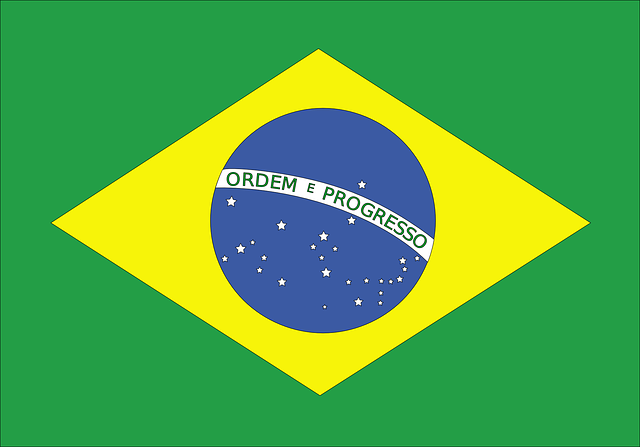 Brazil
Brazil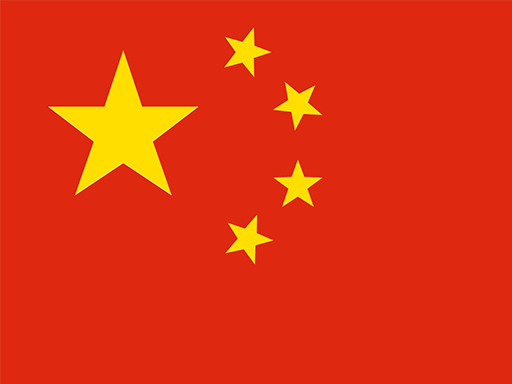 Chinese Mandarin
Chinese Mandarin
